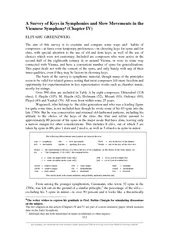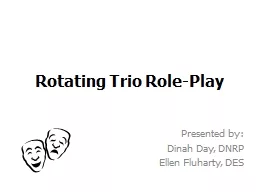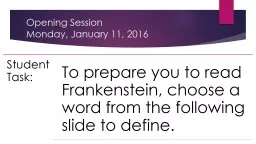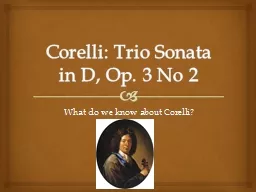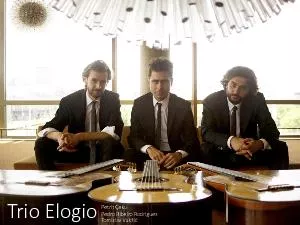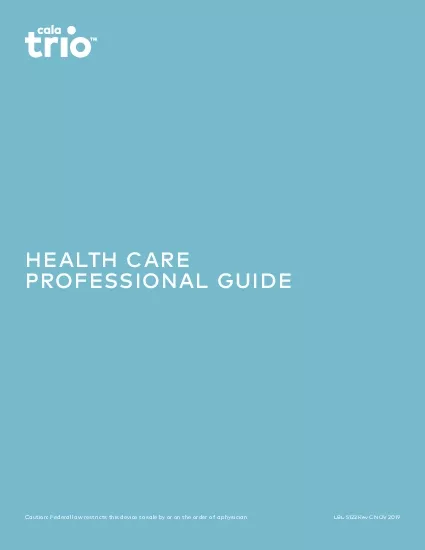PDF-t; Opslm=opening slm; TKM=trio in the key
Author : jane-oiler | Published Date : 2015-11-09
j Chapter IV ELIYAHU GREENZWEIG The aim of this survey is to examine and compare some ways and habits of choice the relationship of the key of a slm to the key
Presentation Embed Code
Download Presentation
Download Presentation The PPT/PDF document "t; Opslm=opening slm; TKM=trio in the ke..." is the property of its rightful owner. Permission is granted to download and print the materials on this website for personal, non-commercial use only, and to display it on your personal computer provided you do not modify the materials and that you retain all copyright notices contained in the materials. By downloading content from our website, you accept the terms of this agreement.
t; Opslm=opening slm; TKM=trio in the key: Transcript
Download Rules Of Document
"t; Opslm=opening slm; TKM=trio in the key"The content belongs to its owner. You may download and print it for personal use, without modification, and keep all copyright notices. By downloading, you agree to these terms.
Related Documents

